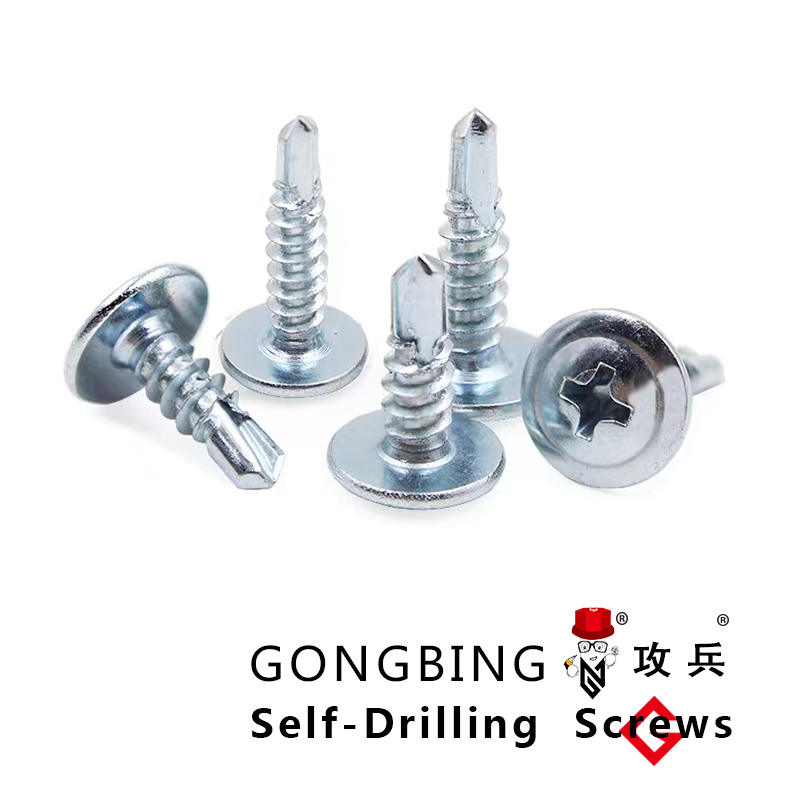M10 Hex Head Bolts for Secure Fastening Applications and Reliable Performance
The Importance of Hex Head Bolt M10 in Engineering and Construction
Hex head bolts are a fundamental component in the engineering and construction industries, playing a crucial role in fastening and securing various materials and structures. Among the myriad sizes available, the M10 hex head bolt is particularly significant due to its versatility and applicability in numerous projects. In this article, we will explore the characteristics, advantages, and applications of M10 hex head bolts, underscoring their importance in modern engineering practices.
Understanding Hex Head Bolts
Hex head bolts are characterized by their six-sided (hexagonal) head, which allows for efficient engagement with a wrench or socket. This shape provides a larger surface area for torque application, facilitating a more secure fastening. Hex head bolts are available in various materials, including carbon steel, stainless steel, and alloy steel, each offering different properties such as corrosion resistance and tensile strength.
The M in M10 denotes the metric thread, which is a standardized system of measurement used widely around the globe. The 10 refers to the nominal diameter of the bolt, which is 10 millimeters. M10 bolts typically have a thread pitch of 1.5 mm, meaning the distance from one thread to the next is 1.5 mm. This standardization simplifies the selection process for engineers and builders when matching bolts to corresponding nuts and drilled holes.
Advantages of M10 Hex Head Bolts
One of the primary advantages of M10 hex head bolts is their strength. They can bear significant loads, making them suitable for heavy-duty applications such as construction and machinery assembly. When properly installed, M10 bolts provide a secure and reliable fastening solution that can withstand vibrational forces and shear stresses.
Additionally, hex head bolts are easy to install and remove, which is particularly beneficial for maintenance and repair tasks. The hexagonal shape allows for the use of tools such as sockets and wrenches, enabling a firm grip during application. In scenarios where space is limited, hex head bolts present an advantage over other designs, such as socket head bolts, which may require more clearance for tool operation.
hex head bolt m10

Another feature is the availability of different grades and finishes, which cater to specific environmental conditions. For instance, zinc-plated M10 bolts are ideal for indoor applications where corrosion is minimal, whereas stainless steel variants are preferred in environments prone to moisture and chemicals.
Applications of M10 Hex Head Bolts
M10 hex head bolts are utilized in a wide range of applications, showcasing their versatility. In the construction industry, they are commonly used to secure structural elements such as beams, columns, and trusses. They provide the necessary strength to withstand the forces exerted by loads, ensuring structural integrity.
In the automotive industry, M10 hex head bolts are found in various vehicle components, including engines, chassis, and suspension systems. Their ability to endure vibrations and dynamic loads makes them ideal for securing critical parts in vehicles.
Moreover, M10 bolts are prevalent in manufacturing and assembly lines, where they are employed in machinery, equipment, and fixtures. They facilitate the assembly of components, allowing for quick and efficient production processes.
Conclusion
In conclusion, M10 hex head bolts are indispensable elements of modern engineering and construction. Their robust design, ease of installation, and adaptability to various conditions make them essential for a multitude of applications. As industries continue to evolve, the demand for reliable fastening solutions like the M10 hex head bolt will remain a cornerstone in ensuring safety and durability in structural and mechanical systems. Understanding the characteristics and uses of these bolts is vital for engineers and builders, enabling them to make informed decisions in their fastening needs.
-
Weatherproof Plastic Expansion Anchors for OutdoorNewsJun.06,2025
-
Sustainability in the Supply Chain: Eco-Friendly TEK Screws ProductionNewsJun.06,2025
-
Load-Bearing Capacity of External Insulation FixingsNewsJun.06,2025
-
Double Head Bolts: Enhancing Efficiency in Industrial MachineryNewsJun.06,2025
-
Corrosion Resistance in Chipboard Screws: Coatings for Wholesale DurabilityNewsJun.06,2025
-
Butterfly Toggle Bolts : Enhancing Structural ResilienceNewsJun.06,2025
